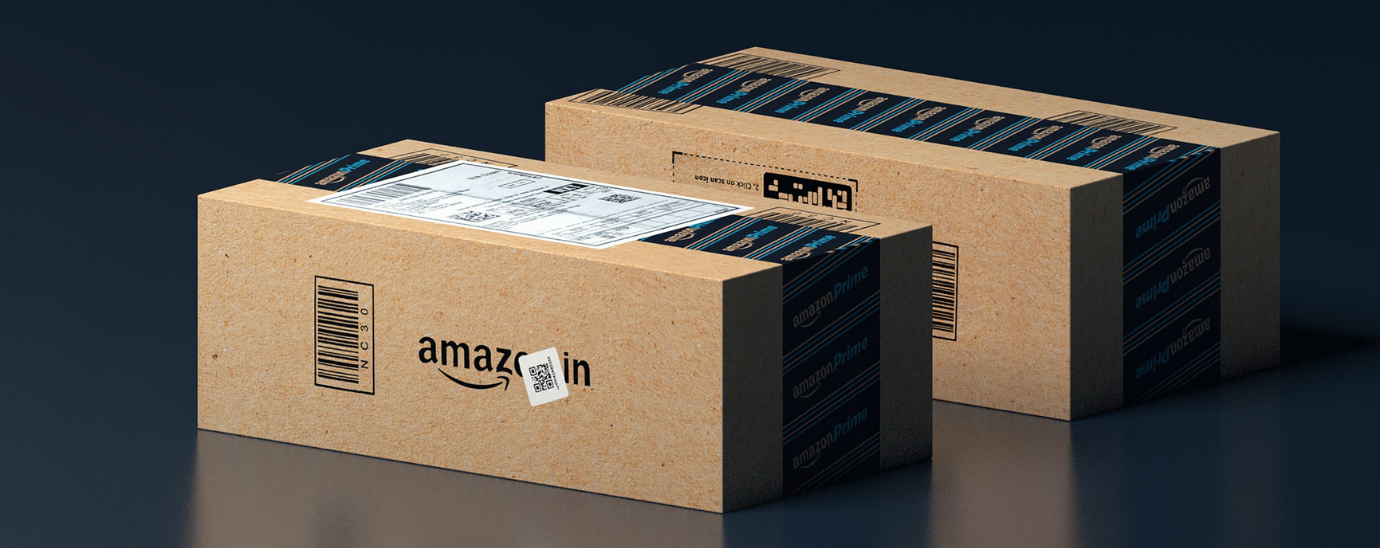Amazon’s AI logistics warehouses

TBTech looks at how Amazon leverages artificial intelligence logistics warehouses
Warehousing and logistics are currently an industry with various complex operations that need flexibility and innovation. This industry is looking to digitally transform companies to improve processes and speed up all aspects warehouse logistics.
One example of a warehouse that has already implemented various technologies to transform its business is Amazon. Founded in 1994, the company has become one of the biggest players within technology, web services, logistics and warehousing.
With Amazon being one of the biggest companies globally, it has not limited the use of its AI to one business sector. The most important sector that AI and machine learning has been introduced into the delivery is highly dependent on a well-run warehouse operation.
Amazon was the first company to introduce one-day shipping into their services. This involves various complexities within their fulfilment centers and these processes will continuously adapt and evolve to be more streamlined, automated, and sophisticated.
There are between 1-4 million product bins in each Amazon Fulfilment Center. The team controls computer vision systems that examine images to track each item’s position within the warehouse and allocate them into specific pods.

AI improving processes
Amazon makes use of AI to improve supply and make sense the data, automating the capability to forecast customer demand, assess product availability, optimize delivery routes, and personalize communication with customers while tracking the whole supply chain.
- Forecasting customer demand and product availability: The company utilizes artificial intelligence to determine the number of units of a product it anticipates customers buy. This then factors into where the product is stocked to ensure it is as close to the people who will buy it.
- Personalize communications: The role of AI in Amazon’s recommendation engine is massive, as it generates 35% of the company’s revenue. By collecting data from individual customer favorites and purchases, the recommendation engine personalizes the list of products customers would be interested in purchasing.
- Optimize delivery use: Once a shipping label is placed on the box, the transportation execution processes take over and use machine learning to determine the package’s most effective route from point A to point B. The box is then sent to a waiting trailer based on its shipping method, speed of delivery, and location.
- Ensuring one-day delivery: Machine learning and optimization algorithms enhance each warehouse process for one-day shipping.
“Most people look at an Amazon Fulfillment Center and imagine all the stuff inside. When I look at it, I see data,” said Russell Allgor, Chief Scientist, Amazon Worldwide Operations.
Are robots taking over?
Amazon regularly analyzes the journey of each order so it can optimize continuously. AI-powered robots carry the products around the warehouse, and algorithms help them to learn in real-time where the order is, where it should be, and how to get there the fastest viable way.
In 2021, robots in the workplace are still used for repetitive tasks that can easily be programmed into their systems. Scott Anderson, Director of Amazon Robotics Fulfillment has said that technology is at least 10 years away from fully automating the processing of a single order picked by a worker inside a warehouse. “In the current form, the technology is very limited. The technology is very far from the fully automated workstation that we would need,” he added.
The warehouses that are currently using robots only utilize them to manage general merchandize, including clothing, bikes, and top tech products. Robots currently operate at 26 of Amazon’s more than 175 fulfillment centers. Amazon uses small, Roomba-shaped robots called “drives” to deliver large stacks of products to their fellow human workers by following designated paths around the warehouse.
Led by Amazon Robotics, fulfillment center automation is supported by technologies including autonomous mobile robots, sophisticated control software, language perception, computer vision, depth sensing, machine learning, object recognition, and semantic understanding of comments.
According to Amazon, the integration of robots at fulfillment centers assist in storing 40% more inventory, which leads to rapidly fulfilling Prime one- or two-day shipping orders, and more robotics and AI-related innovations will continue to expand and become incorporated into Amazon’s global operations model.
READ MORE:
- Inside Amazon’s new robotics fulfilment centre
- Bezos to step aside as CEO at Amazon
- Amazon’s new technology allows customers to pay by waving
- Amazon’s 2 new cybersecurity initiatives
Interested to see what the Amazon Fulfilment Centers look like? Check out the Amazon Fulfillment Center Video Tour below.
For more news from Top Business Tech, don’t forget to subscribe to our daily bulletin!
